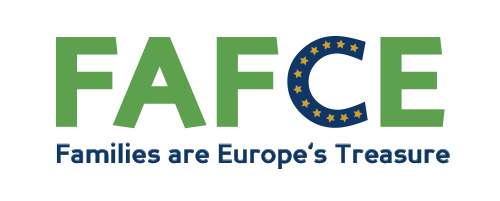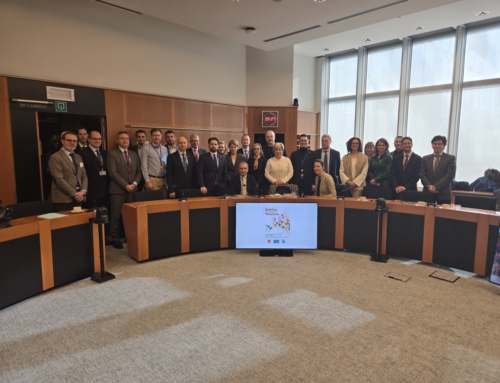13 July 2021
On Tuesday, July 6th, the European Parliament adopted a Resolution on the “Use of technologies for the processing of data for the purpose of combating online child sexual abuse (temporary derogation from Directive 2002/58/EC)”, following the provisional agreement reached with the Council. The report responds to the increase in online child sexual abuse, also as a result of the recent lockdowns. As denounced by Commissionner Johansson a year ago, “Nearly 90 per cent of websites [hosting child sexual abuse images] is hosted in the European Union“.
The Resolution defines online child sexual abuse as “the solicitation of children and the possession or sharing of material of a pornographic nature“. Online child sexual abuse is connected to a broader context of increasing digitalisation and access to communication devices. As noted by the Resolution, “digitalisation has brought about many benefits for society and the economy, but it has also brought about challenges, including an increase of online child sexual abuse” (5).
In the context of the renegotiation of the 2002 ePrivacy Directive, discussions address the question of its impact on the fight against online child sexual abuse. Indeed, for now, the implementation of the directive would oblige communication service providers to respect the confidentiality of their users’ communications, thus having the unintended effect of making it “illegal” to use automatic detection tools to identify child pornography content or solicitations. To respond to the legal vacuum, the European Commission proposed in September 2020 a temporary derogation of this directive, so that providers can continue to detect, report, and remove child pornography content online.
This Regulation “lays down temporary and strictly limited rules derogating from certain obligations laid down in Directive 2002/58/EC, with the sole objective of enabling providers of certain number-independent interpersonal communications services (‘providers’) to use […] specific technologies for the processing of personal and other data to the extent strictly necessary to detect online child sexual abuse on their services and report it and to remove online child sexual abuse material from their services“.
The main thrust of the mechanisms outlined in the report is that the providers are encouraged to scan, on a voluntary basis, user content for online child sexual abuse material or child solicitation and remove it from their servers. Of course, the “types of technologies used for the purposes of this Regulation should be the least privacy-intrusive in accordance with the state of the art in the industry. Those technologies should not be used to systematically filter and scan text in communications unless it is solely to detect patterns which point to possible concrete reasons for suspecting online child sexual abuse, and they should not be able to deduce the substance of the content of the communications” (16). The same paragraph explains that “objectively identified risk factors such as age difference” and probable cause to suspect the involvement of a child will determine whether a digital communication is flagged for examination by a digital tool.
The measures described in the report also feature a means of reversing the decision to remove content when that content is mistakenly determined as constituting online child sexual abuse material. The report urges that “appropriate procedures and redress mechanisms should be put in place to ensure that individuals can lodge complaints with providers” in case the digital tools designed to remove and report abuse material instead remove acceptable user content.
Together with its Member Associations, FAFCE consistently advocates for more responsive and stricter legislations and follows with concern the increase of online child sexual abuse in Europe. Overall, this is a good step forward in the fight against child pornography and child sexual abuse, and is very adequate for the time. The interim regulation will apply for three years, or until an earlier date if the permanent legal instrument is adopted by the legislators.







